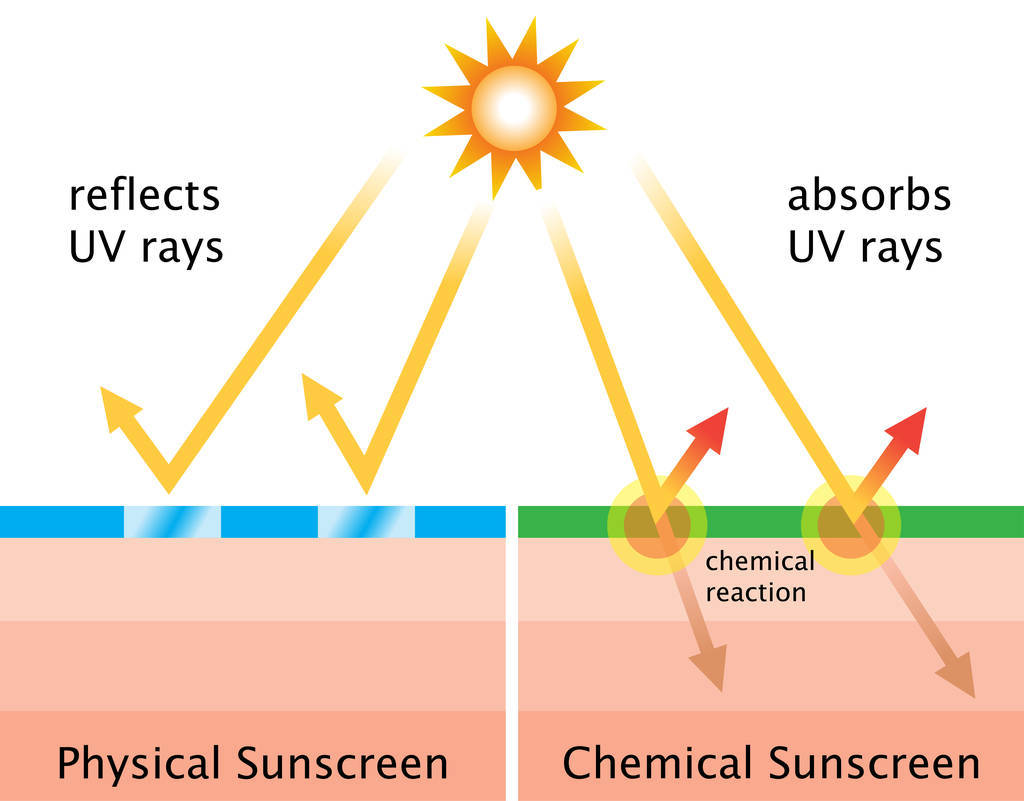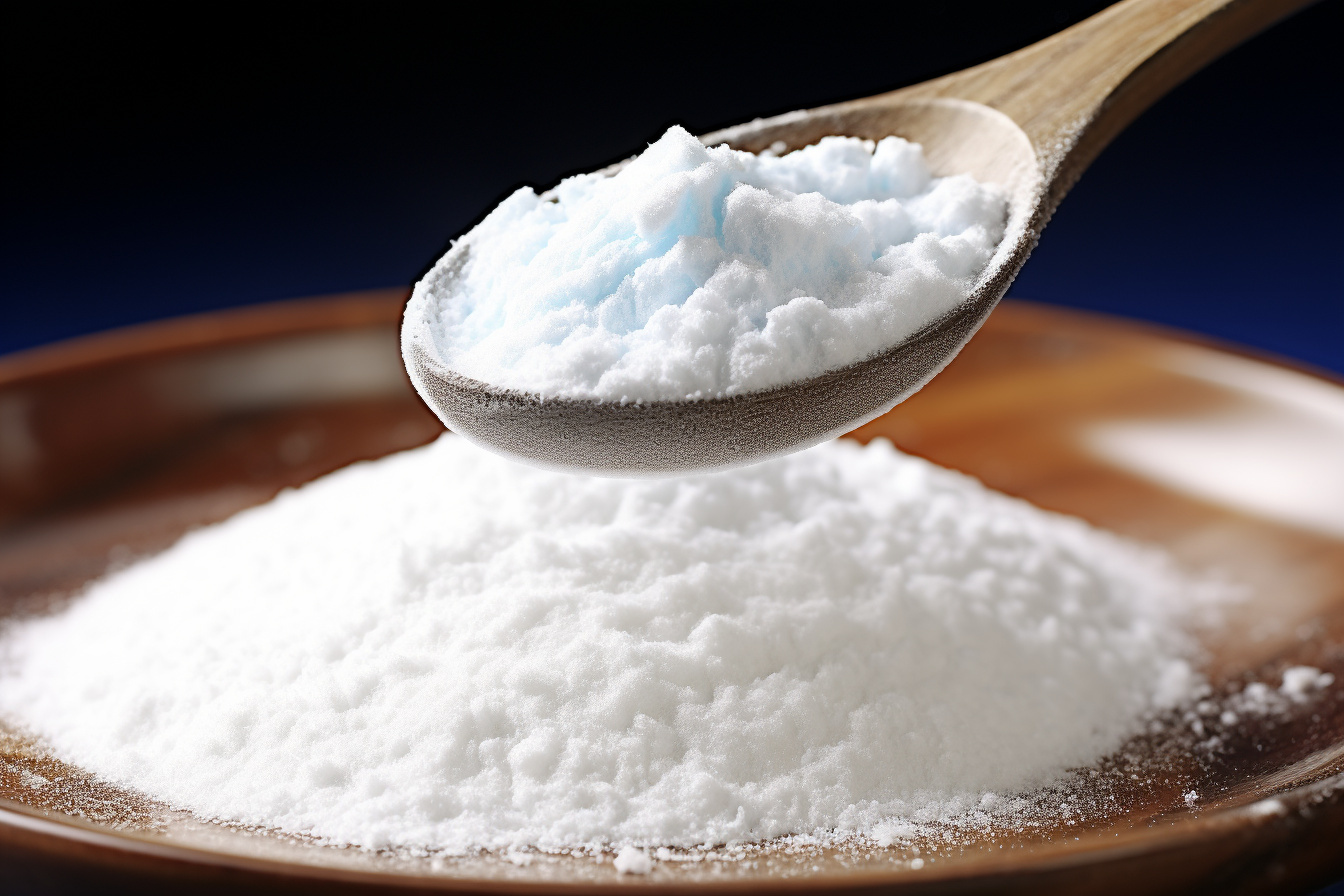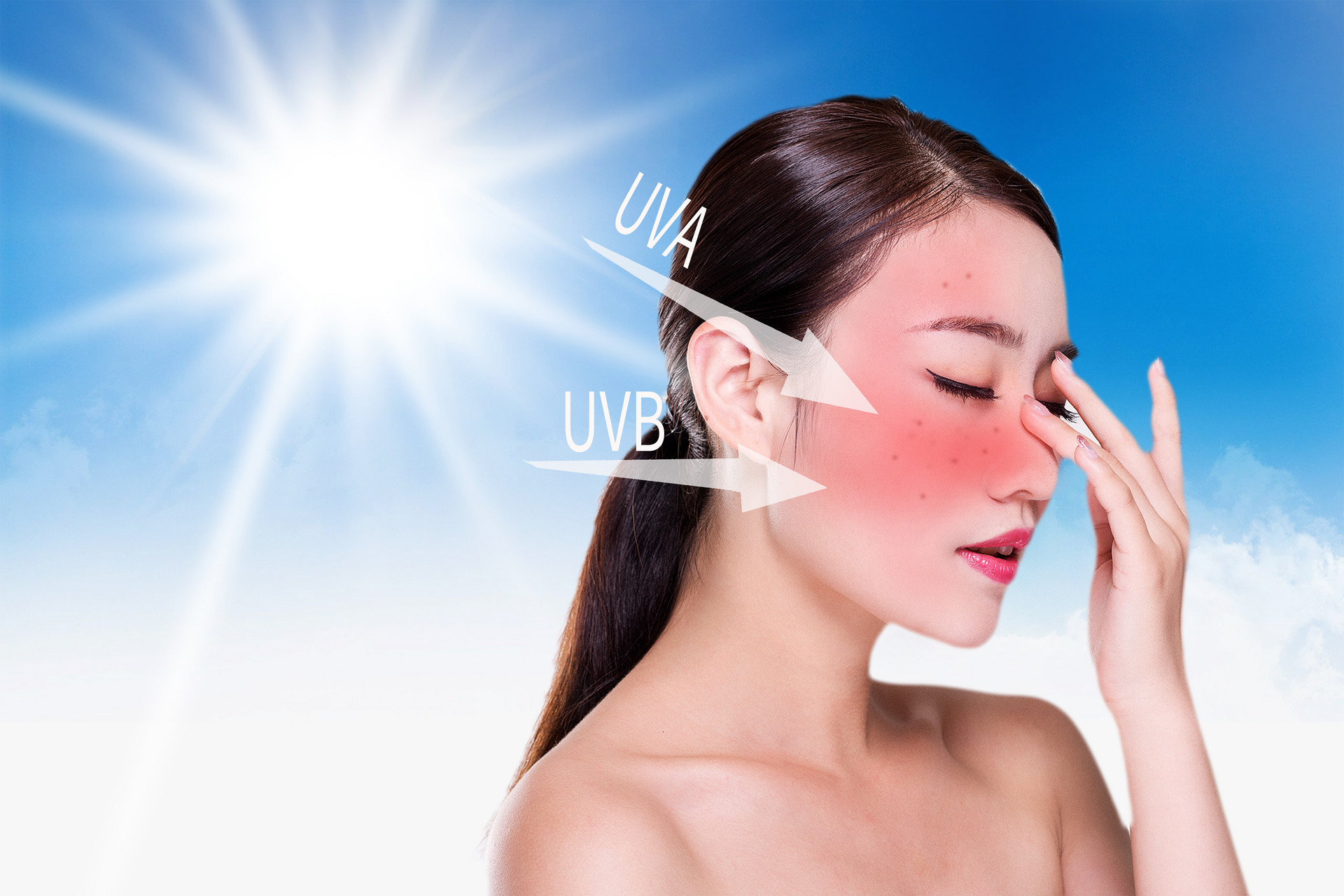There are generally two types of sunscreens: UV screeners and UV absorbers.

UV shielding agents are what we usually call physical sunscreens, or inorganic sunscreens. Its sun protection mechanism is to form a protective coating like a “mirror” on the skin to reflect and scatter ultraviolet rays. Common ingredients are metal oxides, Titanium Dioxide, Zinc Oxide, etc. The advantage is that it is inert, has good photostability, and has no direct irritation to the skin. The disadvantages are also obvious. In the past, the Titanium Dioxide used in traditional sunscreens has large particles, which is easy to cause albinism on the skin. It is thick, with poor texture and skin feel. It is easy to clog pores and affect the secretion of sweat glands, so physical sunscreen is suitable for sensitive skin, but not for oily and large pores.
Now that the process has been improved, the crystal size of Titanium Oxide and Zinc Oxide has been miniaturized, from ultrafine particles to nanoscale Tioz and ZnO~D, the smaller the crystal particle size, the more visible light can pass through while blocking ultraviolet rays, thereby reducing albinism. The ultraviolet shielding agent of ultrafine particles can not only reflect and scatter, but also partially absorb ultraviolet rays. It can no longer be regarded as a pure “physical sunscreen”, and because part of the fine particles may be absorbed by the skin, and these nanoparticles are easily oxidized under sunlight, it is also harmful to stay on the skin.

UV absorbers are what we usually call chemical sunscreens, and they can also be called organic sunscreens. Chemical absorbents usually contain benzene rings, or electron-donating groups (such as amino or methoxy groups), etc. Its sun protection mechanism is to use benzene rings or electronic groups outside the skin surface to absorb ultraviolet rays, interfere with and consume its energy, and disintegrate its lethality. Common ingredients include cinnamate, salicylate, benzophenone compounds, camphor derivatives, aminobenzoic acid derivatives, p-aminobenzoate derivatives, methane derivatives, etc. Our most commonly used ones are Ethylhexyl Methoxycinnamate(OMC), Benzophenone-3(UV-9), Benzophenone-4(UV-284), Avobenzone, Ethylhexyl Triazone(Uvinul T 150), Octocrylene… The advantages of these organic sunscreens are obvious, such as refreshing texture and good skin affinity, so the probability of causing skin irritation is relatively high. Usually the range of sun protection is small, and several combinations of sunscreen agents with different structures are required to achieve broad-spectrum sun protection effect. In addition, the photodegradation rate or photoinversion rate is high, that is, under the sunlight, the energy degrades and loses the sun protection power after a few hours. Taking Ethylhexyl Methoxycinnamate(OMC) as an example, after 10 minimum erythema doses of radiation, 70% was degraded.
Fortunately, most sunscreens are now a combination of organic and inorganic sunscreens, which neutralize the advantages of the two to achieve a more ideal sunscreen effect.
Speaking of the importance of UVA protection. However, it is impossible to judge whether it has anti-UVA function only by adding PA value, so what should we do? The way is to look at the ingredients.
What are the ingredients for UVA protection? The first is the inorganic sunscreen agents Titanium Dioxide (Zinc Oxide) and Zinc Oxide (Titanium Dioxide), which can not only block UVB, but also block UVA (Zinc Oxide blocks UVA better than Titanium Dioxide). Several common chemical sunscreens are: Avobenzone, Diethylaminohydroxybenzoyl hexyl benzoate (DHHB), Disodium Phenyl Dibenzimidazole Tetrasulfonate(DPDT) , Methylene bis-benzotriazolyl tetramethylbutylphenol and Bis-ethylhexyloxyphenol methoxyphenyl triazine.
1) Avobenzone is the most commonly used broad-spectrum sunscreen ingredient, which has excellent absorption of UVA.
2) Diethylamino hydroxybenzoyl hexyl benzoate(DHHB) is a broad-band oil-soluble UV absorber, which has a strong absorption of the entire UVA band (320-400nm) ultraviolet rays, and only a small amount of addition to the formula can increase the SPF value. It is an effective photostabilizer for Avobenzone.
3) Disodium Phenyl Dibenzimidazole Tetrasulfonate(DPDT) is a high-efficiency photostable UVAⅡ absorber with excellent stability, and the minimum UV absorption rate near 340nm is 770. Very safe and basically non-penetrating to the skin. Suitable for water-based clear sun protection products such as gels or clear sprays, as well as creams and lotions.
4) Methylene bis-benzotriazolyl tetramethylbutylphenol and Bis-ethylhexyloxyphenol methoxyphenyl triazine, the former is water-soluble, and the latter is oil-soluble. These two are high-efficiency broad-spectrum sunscreens that provide comprehensive protection against UVA and UVB, and are mostly used in high-SPF sunscreen products. Among them, Bis-ethylhexyloxyphenol methoxyphenyl triazine has very good photostability, and it is no problem to maintain the sunscreen effect for a whole day. Methylene bis-benzotriazolyl tetramethylbutylphenol is slightly weaker in photostability, but fortunately, it is a three-in-one sunscreen: absorbing, reflecting, and scattering ultraviolet rays. It can be simply understood as having the properties of both a UV shielding agent and a UV absorber. Methylene bis-benzotriazolyl tetramethylbutylphenol and Bis-ethylhexyloxyphenol methoxyphenyl triazine are used together to double the effect.
In addition, in fact, Benzophenone-4(UV-284) and Benzophenone-3(UV-9) also have certain UVA protection ability, but they can not achieve broad-spectrum sun protection effect, and need to be compounded with other ingredients.
Post time: Sep-07-2023


